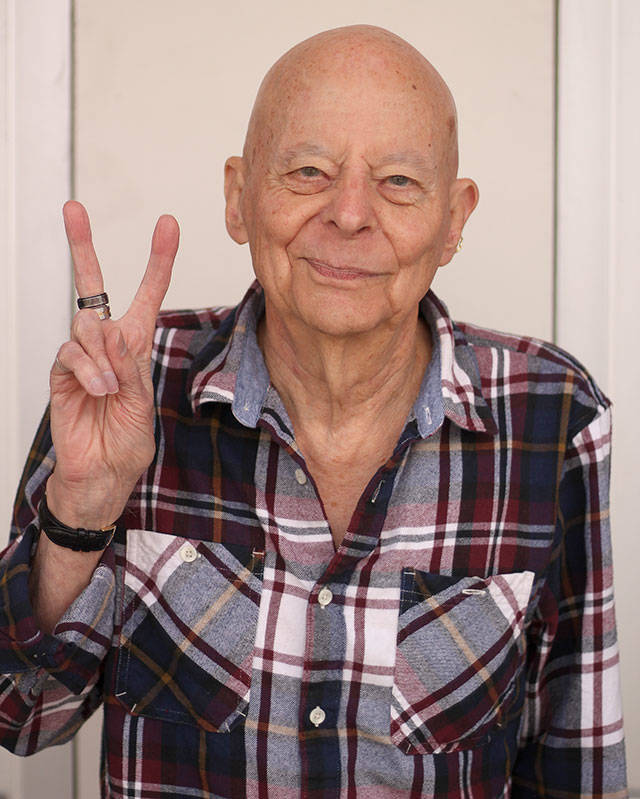America is currently conducting a war on the illegal drug trade and all the problems stemming from it. Of course, just to keep things in proper perspective, there’s really nothing new about this. President Nixon initiated this war over 50 years ago, when Haight-Ashbury and the Lower Eastside were awash with every kind of illegal chemical known to man.
Nevertheless, during the last several months, the public has become increasingly concerned about an unexpected spike in societal drug use and the accompanying deaths, especially among our youth. Deaths from drug overdoses in those under 21 years of age have apparently tripled in the last few years. The problem has become a popular topic in local and national news reports.
This being the case, I’d like to use this column to clear up some misconceptions surrounding the field. But before we tackle that subject, I want to make it absolutely clear that I’m not suggesting anyone use or try any of these drugs. Not even pot. Doing so could prove dangerous. (Now, having thus screened myself from any lawsuits, we’ll continue.)
In general, the public tends to lump all illegal street pharmaceuticals together, not distinguishing one from another. This is a mistake. Such drugs should be separated and filed in one if three categories; that is, they’re either depressants, stimulants, or psychedelics.
Depressants are derived from opium and are collectively known as narcotics and/or opiates. They’re quite numerous, including heroin, morphine, oxycontin, fentanyl, and codeine. There are, in fact, 40 or 50 morphine-derived drugs, but most of them aren’t popular with street users.
Depressants deaden the central nervous system, slow the heart rate, numb the senses, and release an enormous amount of dopamine, the body’s “feel good” chemical. (I’m reminded of the Pink Floyd song, “Comfortably Numb”.) Though not nearly as powerful as the opiates, alcohol is also a narcotic and, in the same way you can OD on heroin, you can also OD on booze — which any number of college “binge parties” will attest to. Depressants slow time to the point it may be non-existent, so there’s absolutely no need to hurry about anything. (It’s an existential confirmation of Einstein’s theory.) If the house is on fire, you might simply lay on the couch and perish with the flames because you’re, literally, incapable of moving.
The stimulants include cocaine, crack, and many types of amphetamines, like Benzedrine, Dexedrine, and especially methamphetamine. Of course, they have the opposite effect of depressants; that is, “speed” revs up the central nervous system, making you more alert and aware. The user may feel almost “God-like,” as though he can do no wrong and can handle any social situation. (I’m reminded of Billy Joel’s song, “Big Shot”.) Time speeds up. If there’s something that needs to be done tomorrow, you better get started now because tomorrow will be here before you know it.
The psychedelics include mescaline, psilocybin, LSD, and a few others that may have recently been concocted in a lab somewhere. Weed can also be placed in this category, but it’s relatively weak compared to the others. Unlike the stronger psychedelics, pot tends to disrupt the rational brain, making it difficult to define concepts or even complete a sentence.
Psychedelics can produce some very bizarre behavior — like the notion that you can fly — and are therefore also known as hallucinogenics. They also warp the perception of time, slowing it down. Relatively speaking, they apparently have little effect on the central nervous system. They tend to magnify all the senses, so the user might experience unusually bright Van Gogh colors, inordinately beautiful music, extremely tasty foods, and so forth. More than the depressants and stimulants, the psychedelic “trip” is greatly influence by the personality involved; that is, the persona you bring to the drug influences what you experience.
In closing, I’d repeat my initial warming: These drugs can be extremely dangerous. I’m not recommending anyone try any of them.
Next column we’ll talk about addiction.


